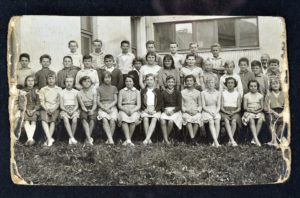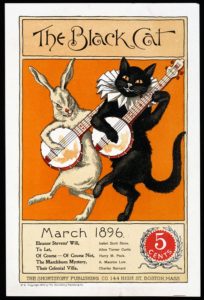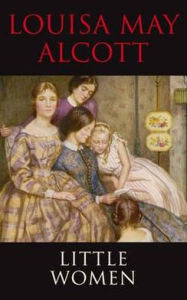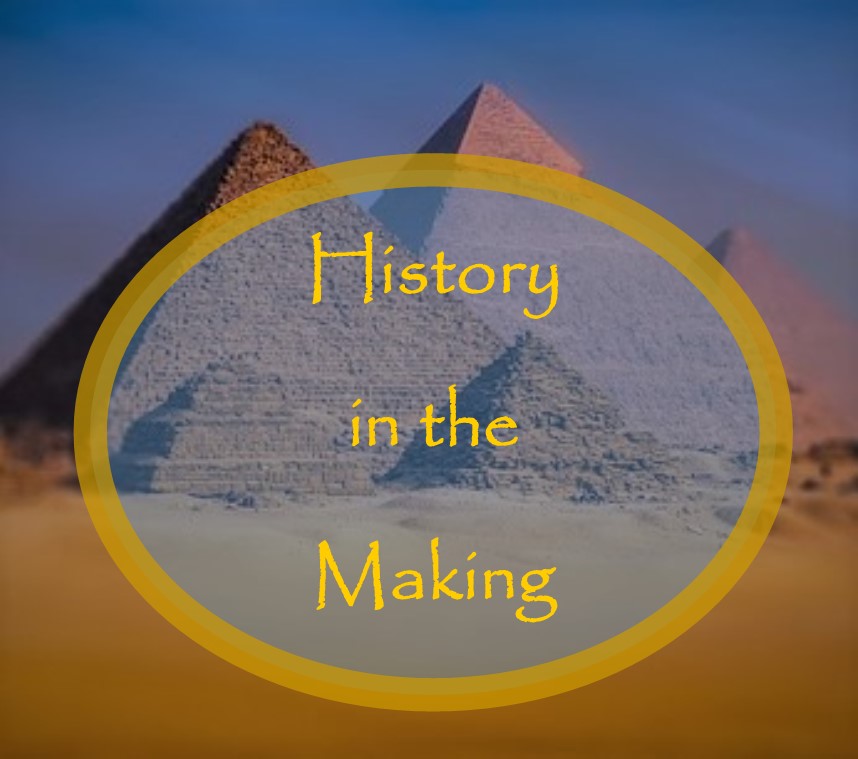Historical authors can glean a wealth of information from old photos. They give an unintentional glimpse into everyday life of the time period. Authors stumble across these gems as a natural part of research. It’s important not to overlook the value of these snapshots.
Before we dive into some examples, let’s discuss ways to find photographs.
Research leads us to libraries lavishly filled with nonfiction books. Many of these contain photos, sketches, and illustrations. Another source is the Internet, which has an abundance of research sites. Local museums are also excellent sources for these visual aids.
[bctt tweet=”Old photos capture unintentional glimpses of everyday living for #Historical authors. #writing ” username=”@Sandra_M_Hart”]
For instance, while writing novels set during the Civil War, 1861-1865, I found sketches, paintings, and photographs of soldiers, battlefields, and weapons in books and on websites that added depth to my understanding of battles.
Regardless of where the photos are found, they present valuable clues that enrich our stories. Let’s look at some examples.
The main picture on this post is a painting of the signing of the Declaration of Independence. It shows a group of mostly seated men suitably dressed for the 1776 event. A patterned rug covers only that part of the wooden floor where the most important persons in the room sit. A bordered cloth covers the two tables of what is presumably the president and the secretary. Elaborate ceiling molding and curtains indicate the meeting’s likely location is a town�����s public office or a wealthy man’s residence. It would be interesting to research the flags on the wall — colonial or British? What we don’t know from a careful perusal is the year of the work or if the artist witnessed the event. If not, who supplied the descriptions for the artist? If many years passed between the event and the painting, authors may desire to dig through period writings if they intend to use the painting for novel descriptions.
The second example appears to be a school photo. Churches also snapped similar poses. The children are around the same age, sitting/standing for a group photo in a way that most of us have posed at school. Studying the hairstyles and clothing offers ways to approximate the year this was taken. For example, most girls are wearing anklets or knee socks. When were these worn? All girls wear a dress or skirt but the boys don’t wear suits, at least at this school. This also helps date the picture.
Authors love to find old Montgomery Ward or Sears, Roebuck catalogs because they show available products for a particular year. Though not from a catalog, the third example is an advertisement. In March 1896, “The Black Cat” cost five cents. The Shortstory Publishing Company in Boston ran the ad so does this mean “The Black Cat” was a book or magazine? It seems likely since the publisher has “shortstory” in its name and the ad references The Marchburn Mystery. Or is it a play? A rabbit and a black cat each play a banjo on the cover to entice customers.
I resisted the urge to research any of these pictures; I wanted to show what can be discovered by studying old pictures, paintings, and advertisements. Were I to use any of these in my story, I’d research further, but notice how much we learned from a photograph.
Photographers have a focal point such as a person or a landmark. Learn to look beyond the main focus of picture when researching. Notice the lantern hanging next to the door or the tire swing on an oak tree in the background. These everyday articles paint the picture we hope to portray to transport our readers back in time.








